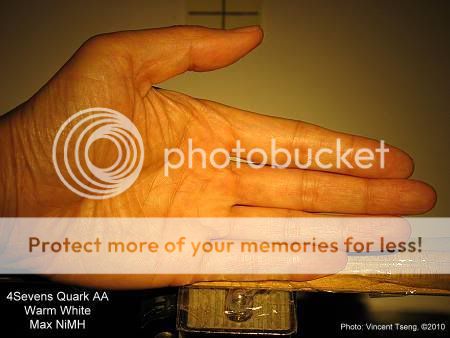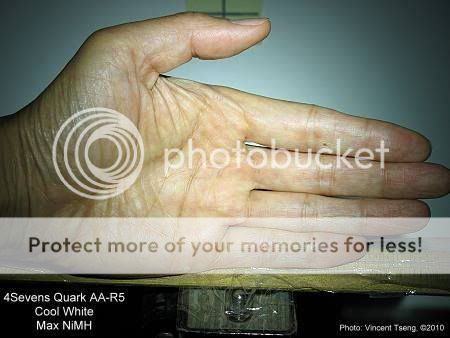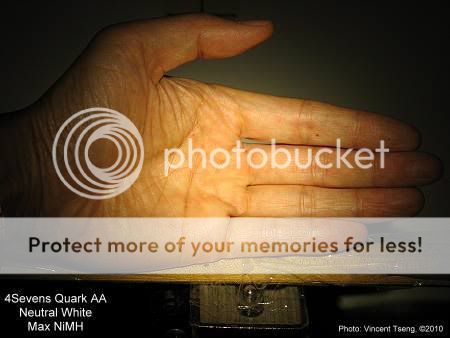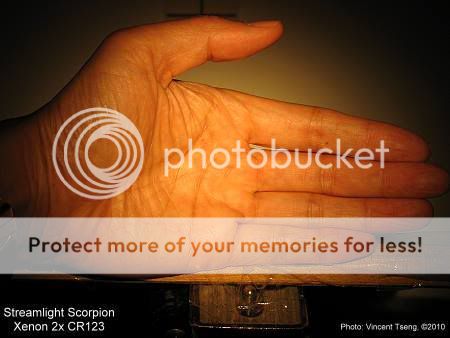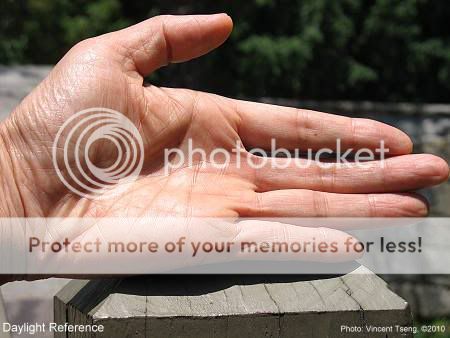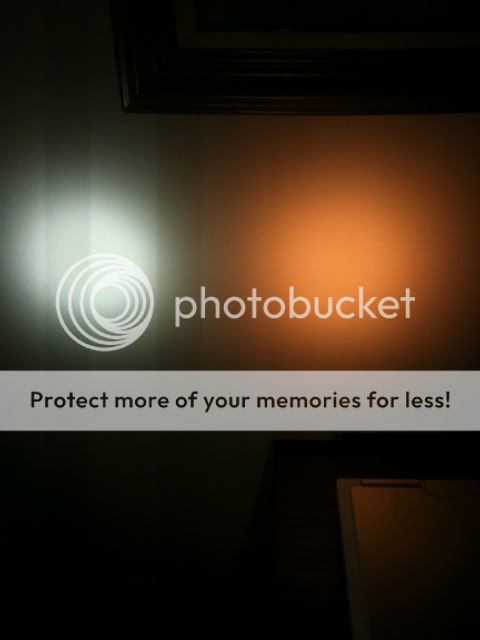Linger
Flashlight Enthusiast
+1**
Wow VT., those are excellent. Your dedication in site selection, exemplified in the daylight control shot, is well rewarded with a superior result.
The first triple shot (smaller beam hotspots) makes for a great photo-study illustrating that 'cool' tints reflect more on the leaves. In a forest the cool-tint user can feel surronded by a wall of folige. The warm white in that picture shows more depth in the tree, revealing branches and trunks.
The triple beamshot also shows that the cool tints really do seem to glare off the leaves. The warm tint look softer and more accessible, like it's OK to take the dew-drop off its tip.
Your pictures turned out very well, better than my own attempts with other lights. That picture is a strong comment that cool is not the write tint for wilderness use.
Wow VT., those are excellent. Your dedication in site selection, exemplified in the daylight control shot, is well rewarded with a superior result.
The first triple shot (smaller beam hotspots) makes for a great photo-study illustrating that 'cool' tints reflect more on the leaves. In a forest the cool-tint user can feel surronded by a wall of folige. The warm white in that picture shows more depth in the tree, revealing branches and trunks.
The triple beamshot also shows that the cool tints really do seem to glare off the leaves. The warm tint look softer and more accessible, like it's OK to take the dew-drop off its tip.
Your pictures turned out very well, better than my own attempts with other lights. That picture is a strong comment that cool is not the write tint for wilderness use.


